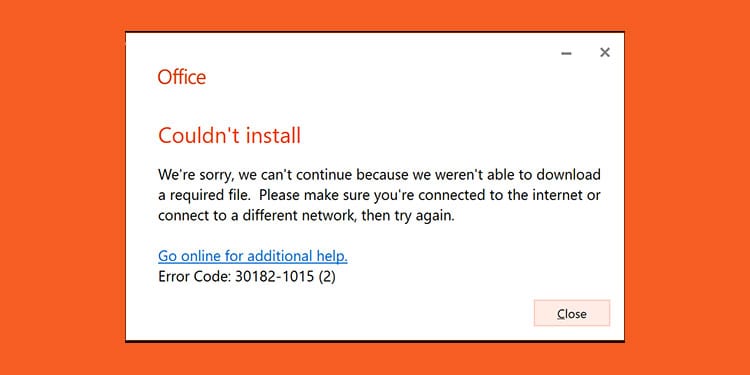

HR can monitor employees for musculoskeletal disorder symptoms.


Employees should be told how to set up and operate adjustable equipment for the best workstation fit. These types of hazards can be difficult to detect.Ī variety of adjustable chairs, desks, keyboards, etc., should be offered to accommodate the widest range of work styles.

Office workers spend many hours a day seated at a desk, working on a computer, resulting in ergonomic strains and other injuries related to posture and repetitive movement. Office walkways should be kept clear, as boxes and other clutter can create a trip hazard.Įlectrical and telephone cords should also be properly secured and not stretched across aisles or walkways, and carpets should not be frayed or buckled. Ice-melting products and nonslip runners can greatly reduce slip, trip and fall hazards during winter months.Ĭlean up all spills immediately, and post signs identifying hazards in areas that are being cleaned or that have recently been cleaned, and in areas prone to water accumulation and wet surfaces. Inclement weather conditions, such as rain, snow and ice, create outdoor slip hazards on exterior steps, ramps, walkways, entry and exit areas, and parking lots, and indoor hazards when wet floors are not cleaned up promptly. Universal slip, trip and fall culprits include unattended spills, wet floors, exposed cords, unstable work surfaces, uneven floors, loose rugs and cluttered areas. Here are five of the most common office hazards: HR can implement processes to identify dangers and correct problems, including instituting safety walkthroughs, setting up a formal reporting system for unsafe conditions and conducting training sessions on correcting safety hazards. Other office hazards include sprains and strains, poor workstation ergonomics, indoor air-quality problems, insufficient or excessive lighting, noise, electrical hazards and random acts of violence.īeing aware of these dangers is the first step in eliminating them and reducing the odds of injuries occurring. Slips and trips are the most common office accident, accounting for the greatest number of injuries, according to the National Safety Council (NSC). The Bureau of Labor Statistics reports tens of thousands of injuries or work-related health problems that office workers suffer each year. You may think working in a comfy, climate-controlled office is safe and hazard-free, but there are many risks to your safety and health all around you.


 0 kommentar(er)
0 kommentar(er)
